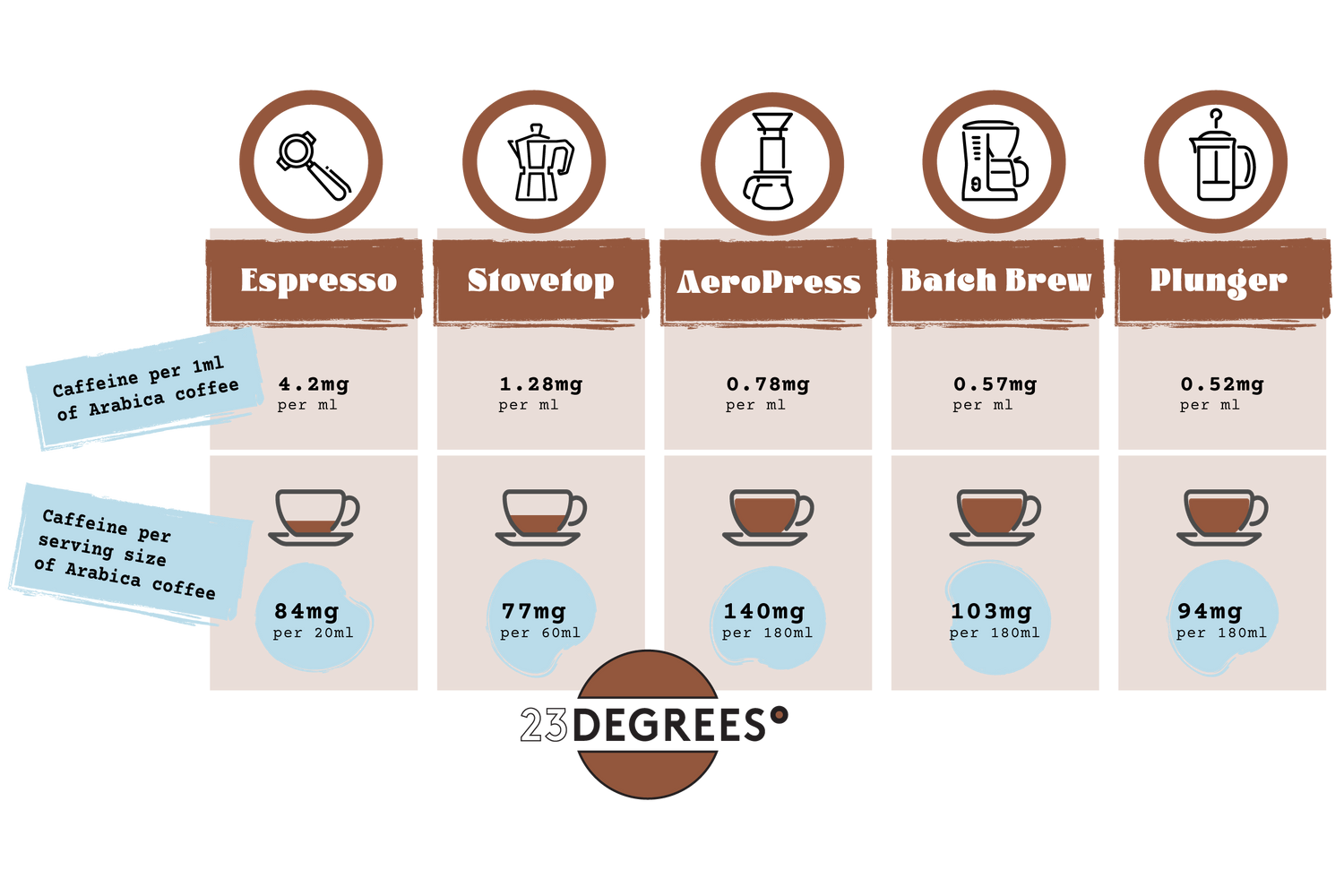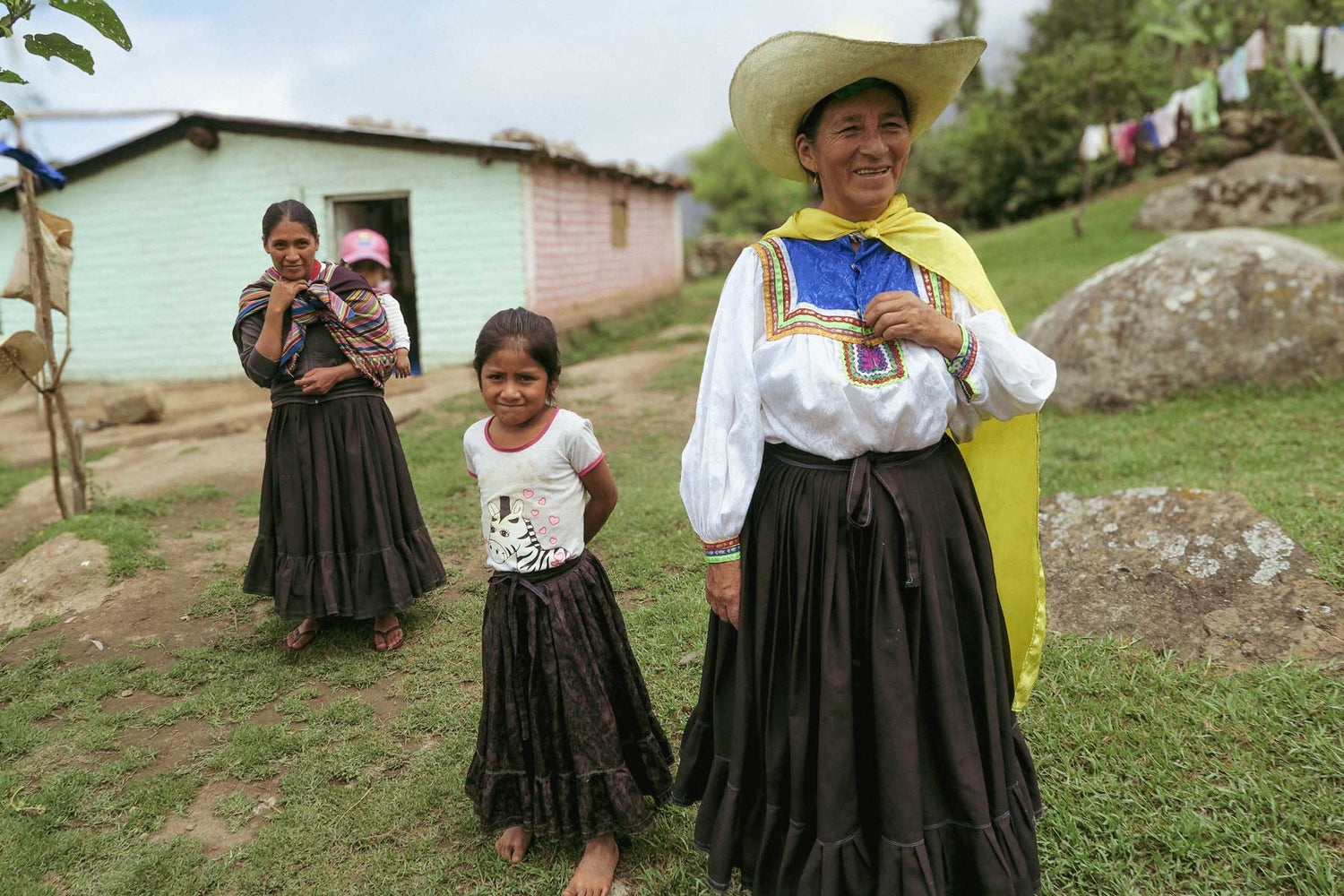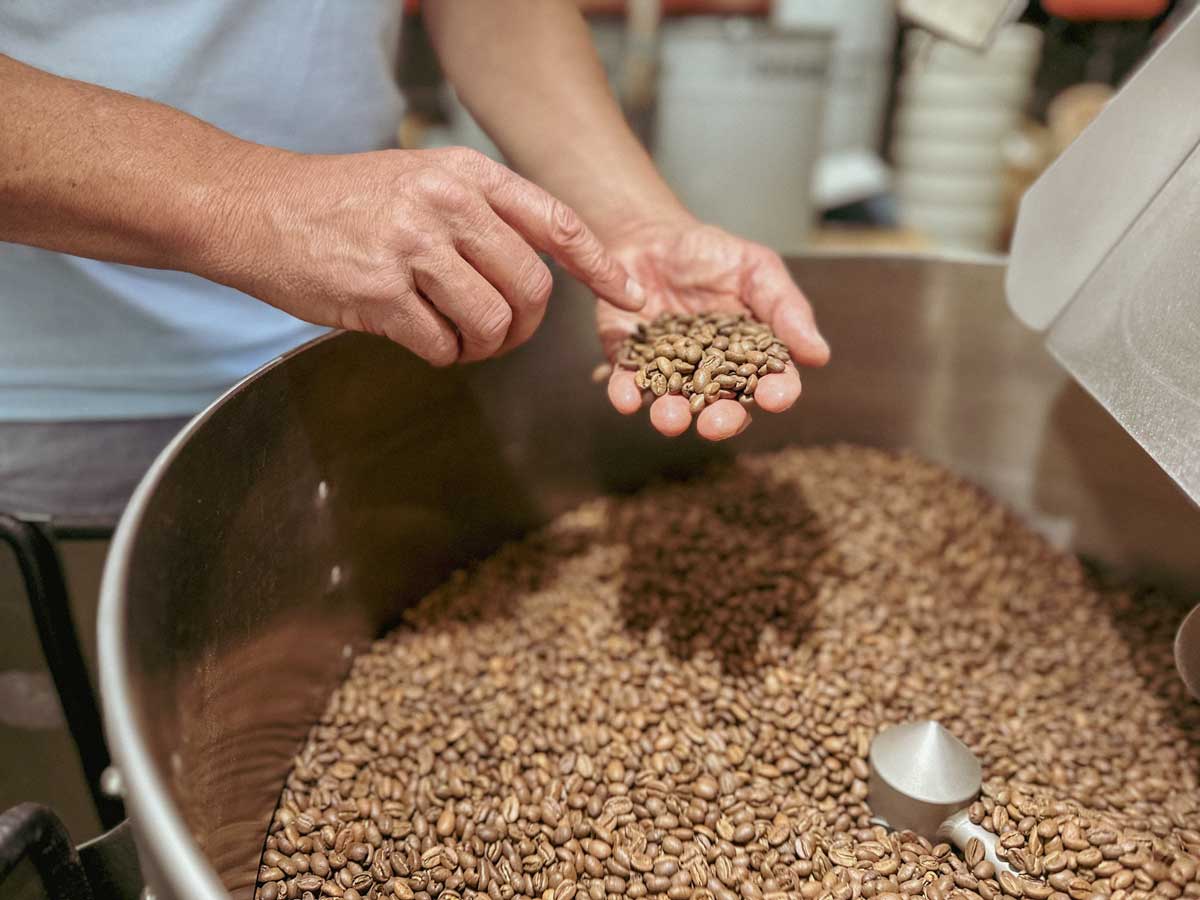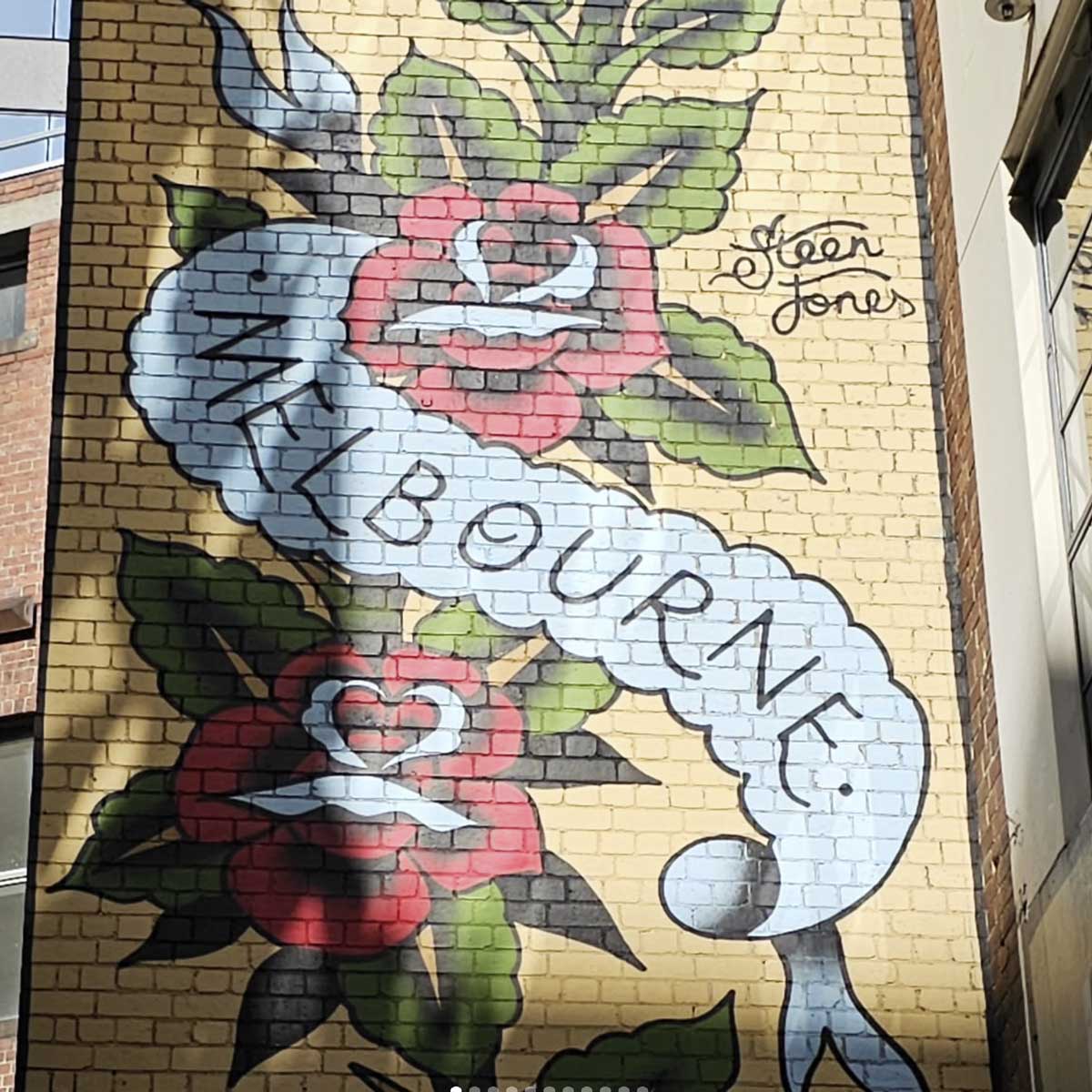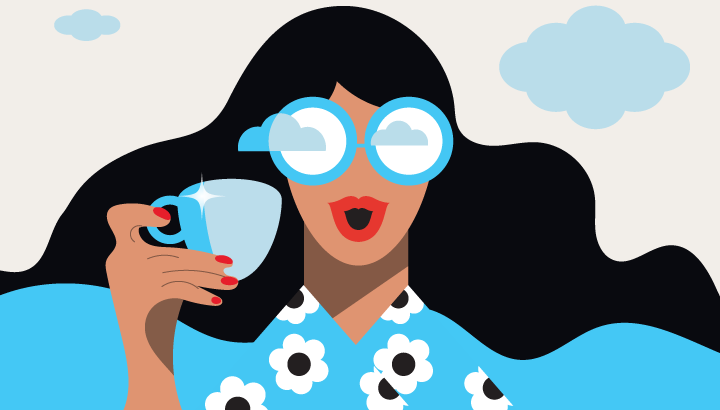Ever wondered about the hidden mysteries of your daily brew? How much caffeine is swirling in that cup of coffee that jumpstarts your day? Let's embark on a journey to uncover the caffeine content in your favourite brew.
How was caffeine in coffee discovered?
This question takes us way back to the 9th century when legend has it that a humble goat herder named Kaldi, wandering the lush highlands of Ethiopia, noticed his goats became more energetic after eating the berries of a particular plant. Intrigued, Kaldi decided to sample the berries himself and was amazed by their stimulating effect. Word of this amazing discovery soon spread throughout the land, and Kaldi shared his findings with the local monastery. Curious about the goatherd's claims, the abbot decided to
brew a drink with the berries and was astounded by the results. The drink kept him alert and focused through the long hours of evening prayer, and soon, the entire monastery was buzzing with newfound energy.
Today, we know that the buzzing energy Kaldi's goats and the abbot experienced is due to the caffeine in coffee.
What is caffeine?
Did you know caffeine is the unsung hero present in more than 60 plants, including coffee, cocoa, and tea?
For us humans, it works by stimulating the brain and central nervous system, helping you stay alert. In the plant, caffeine acts as a natural pesticide, protecting the coffee plant from pests. Nature's ingenious way of preserving the magic within those beans. Clever, right?
How much caffeine is in your preferred brew?
The caffeine level in coffee differs based on your brewing method. Measuring the content of caffeine in a brewed cup of coffee turns out to be quite challenging and a science in itself, requiring special equipment. So, we consulted some studies* that evaluated the caffeine content across different brewing methods of Arabica specailty coffee.
It might not surprise that espresso has the highest level of caffeine per ml of brewed coffee. However, the caffeine content per serving size, which is much smaller than serving a cup of batch brew, has the lowest caffeine content per serving size. Surprising, right? That's because we simply don't consume a large cup of espresso.
-
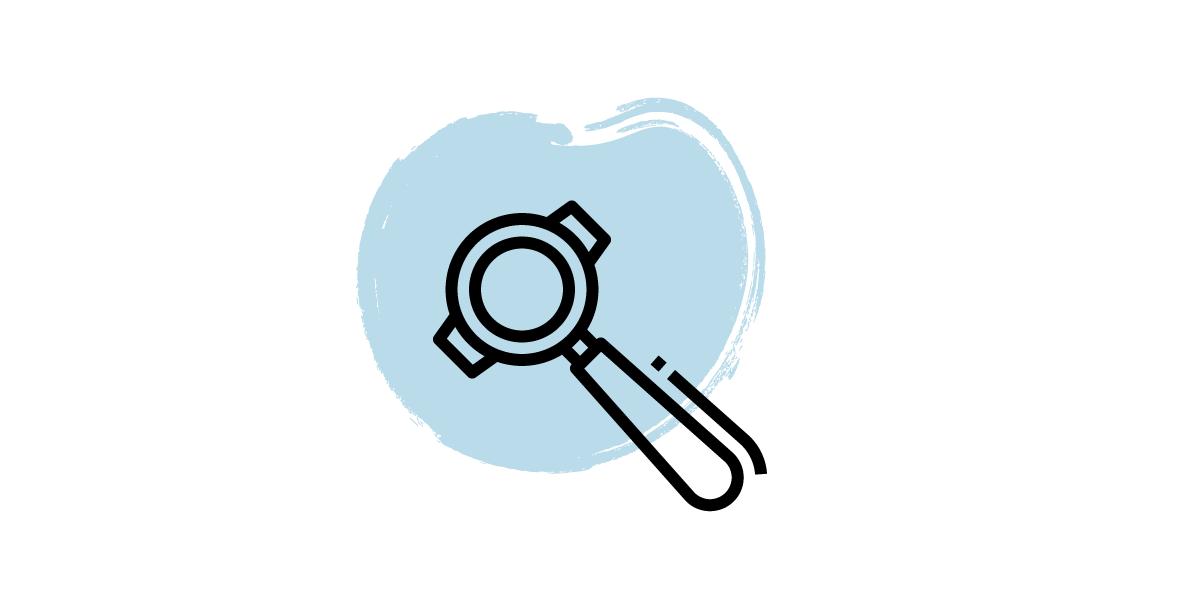
Espresso
- Caffeine content per 1mg: 4.2mg
- Caffeine content per serving size: 84mg /20ml
-
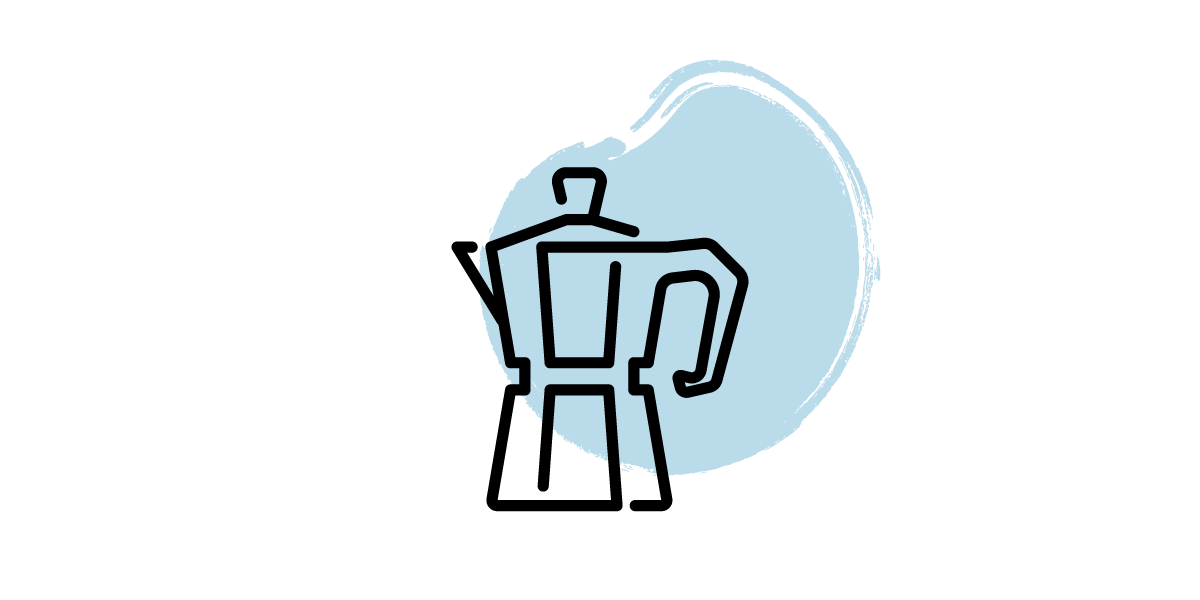
Stovetop
- Caffeine content per 1mg: 1.28mg
- Caffeine content per serving size: 77mg /60ml
-
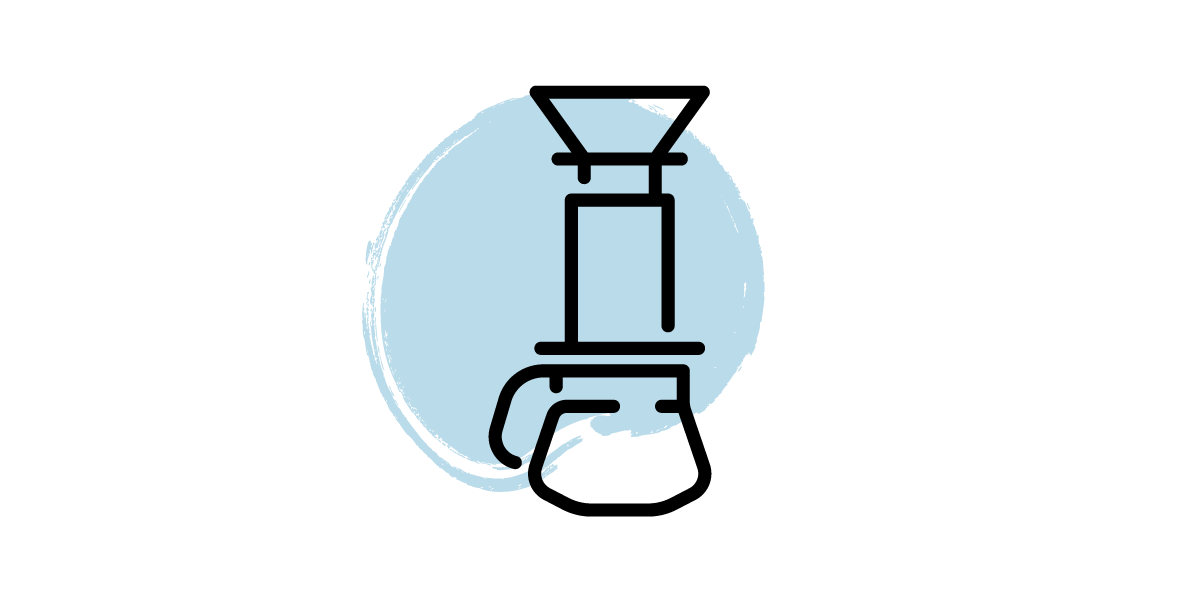
AeroPress
- Caffeine content per 1mg: 0.78mg
- Caffeine content per serving size: 140mg /180ml
-
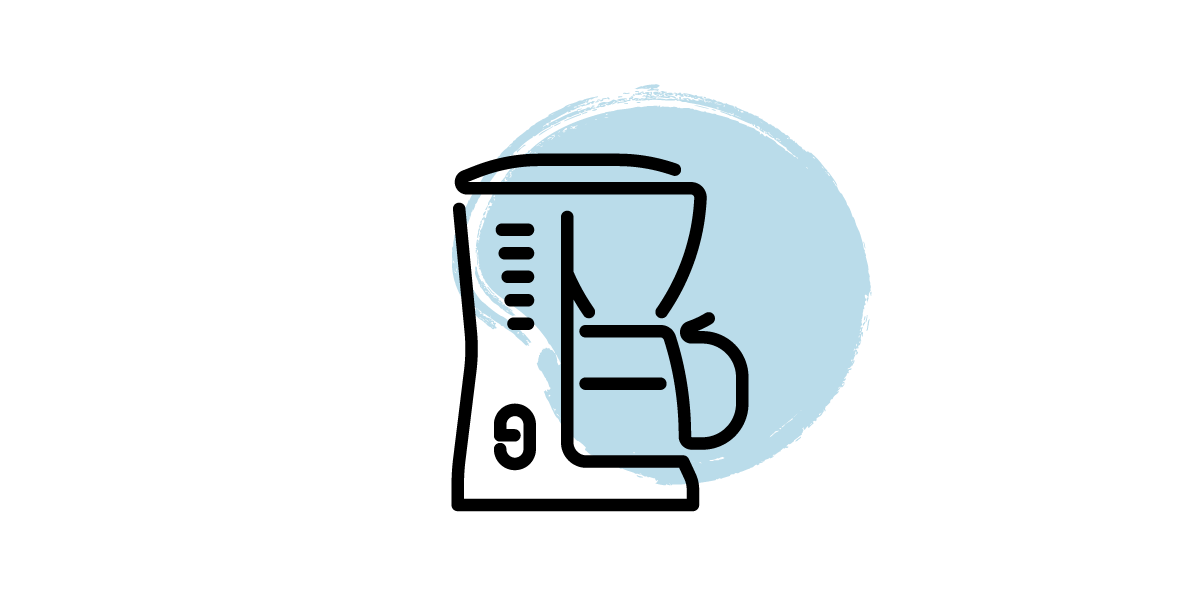
Batch Brew
- Caffeine content per 1mg: 0.57mg
- Caffeine content per serving size: 103mg /180ml
-
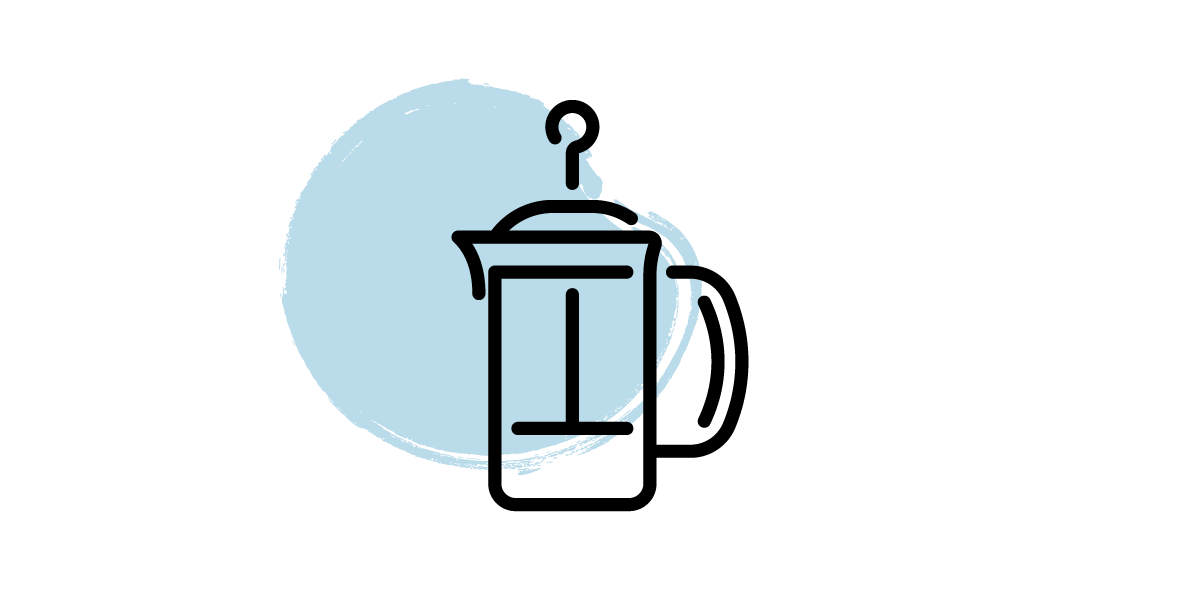
Plunger
- Caffeine content per 1mg: 0.52mg
- Caffeine content per serving size: 94mg /180ml
Factors impacting caffeine in your brew
The caffeine content in different brews varies greatly based on a couple of factors. Let’s explore those:
Water temperature:
Water temperature significantly affects caffeine extraction, with solubility increasing from 20°C to a peak at 100°C. Studies using temperatures from 90°C to 100°C consistently show higher caffeine content with increasing temperatures.
Brewing time
Surprisingly, brewing time doesn't conclusively determine caffeine content, challenging
expectations. So the judge is still out.
Arabica vs. Robusta
Research consistently shows that Robusta has 1.4 to 1.8 times more caffeine than Arabica, no matter how you brew it. Robusta is the caffeine champion.
Pressure
You may have guessed it, pressure significantly affects caffeine content, notably in
espresso.
Roast level
In our quest to understand the impact of roast levels on caffeine, we found many
contradicting studies, from darker roasts having more caffeine than lighter roasts to equal caffeine content regardless of the roast level to decreasing caffeine levels with higher roasting degrees. It's probably fair to say that the jury is still out here.
Grind size
The size of the grind affects how well caffeine gets into your coffee. Most studies found that the content of caffeine increased with the degree of grinding with higher caffeine in finer grind sizes. So the grind size is a big deal for how much caffeine you get in your cup.
Coffee-to-water ratio
The coffee-to-water ratio is the amount of coffee used in relation to the water when brewing coffee. It's a crucial factor because it directly affects the concentration of caffeine in your cup. More coffee for a given amount of water will result in more caffeine.
Brew volume
The volume of your coffee brew matters, influencing the amount of caffeine you consume. Different brewing methods result in varied brew volumes, impacting your
caffeine intake per cup.
Know your limits
How much caffeine is good for you?
According to the European Food Safety Authority (EFSA), the daily consumption of caffeine by a healthy adult should not exceed 400 mg during the day, while a single dose of caffeine should not exceed 3 mg/kg body weight. So that means if you are a petit 50kg person your single dose of caffeine intake should not be higher than 150mg.
Remember, this blog is a treasure trove of insights, not advice. Dive in responsibly, savour the richness, and let the aroma of possibility guide your coffee journey.
HAPPY RESPONSIBLE BREWING!!!
Your 23 Degrees Team
*Angeloni G., Guerrini L., Masella P., Bellumori M., Daluiso S., Parenti A., Innocenti M. What kind of coffee do you drink? An investigation on effects of eight different extraction methods. Food Res. Int. 2018;116:1327–1335. doi: 10.1016/j.foodres.2018.10.022.



